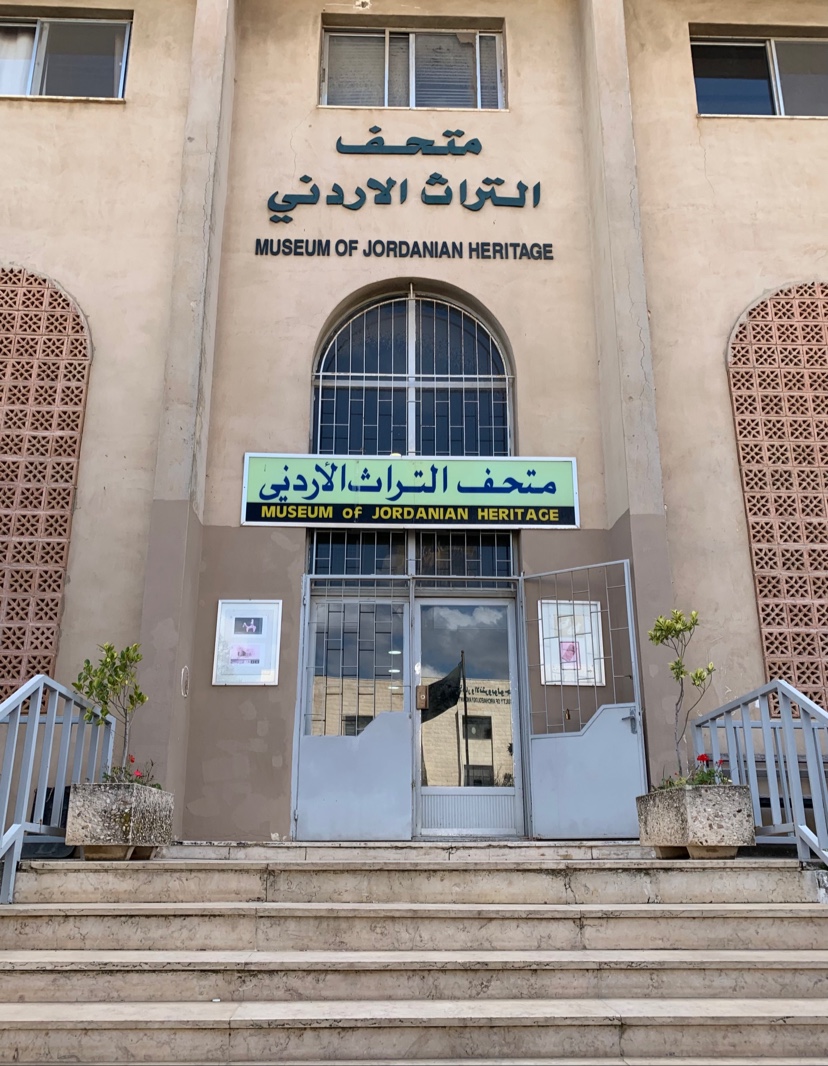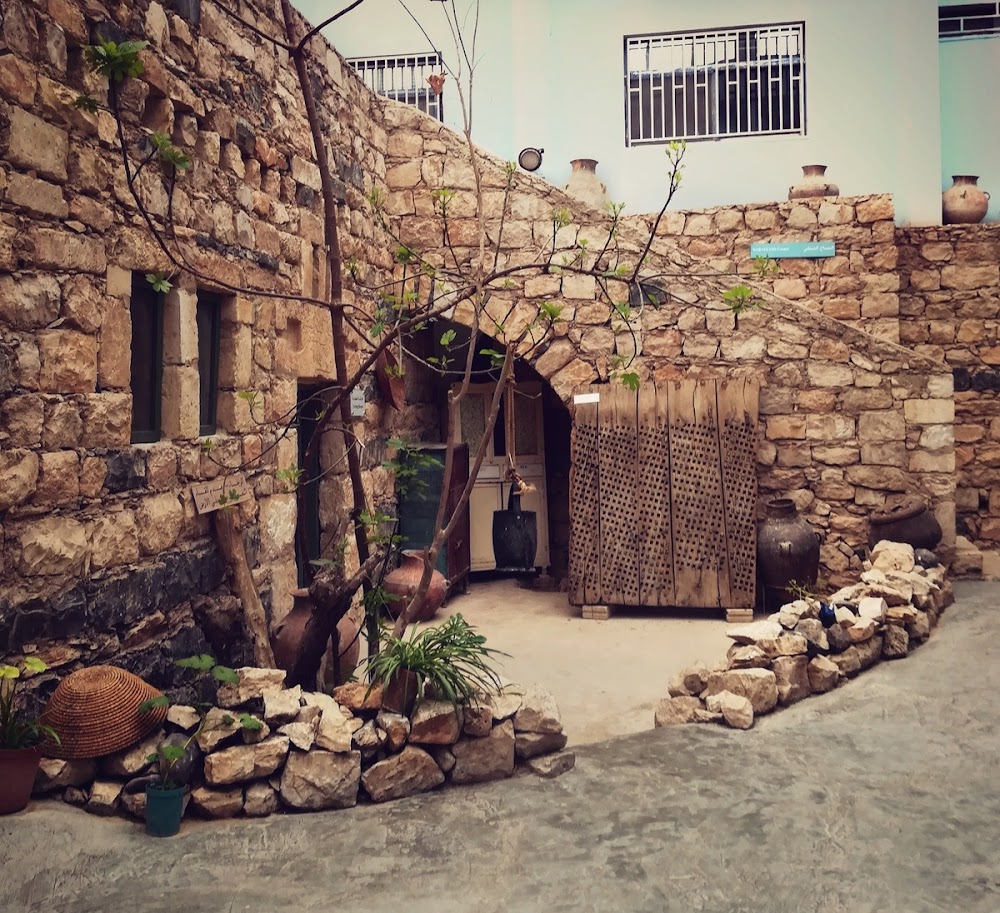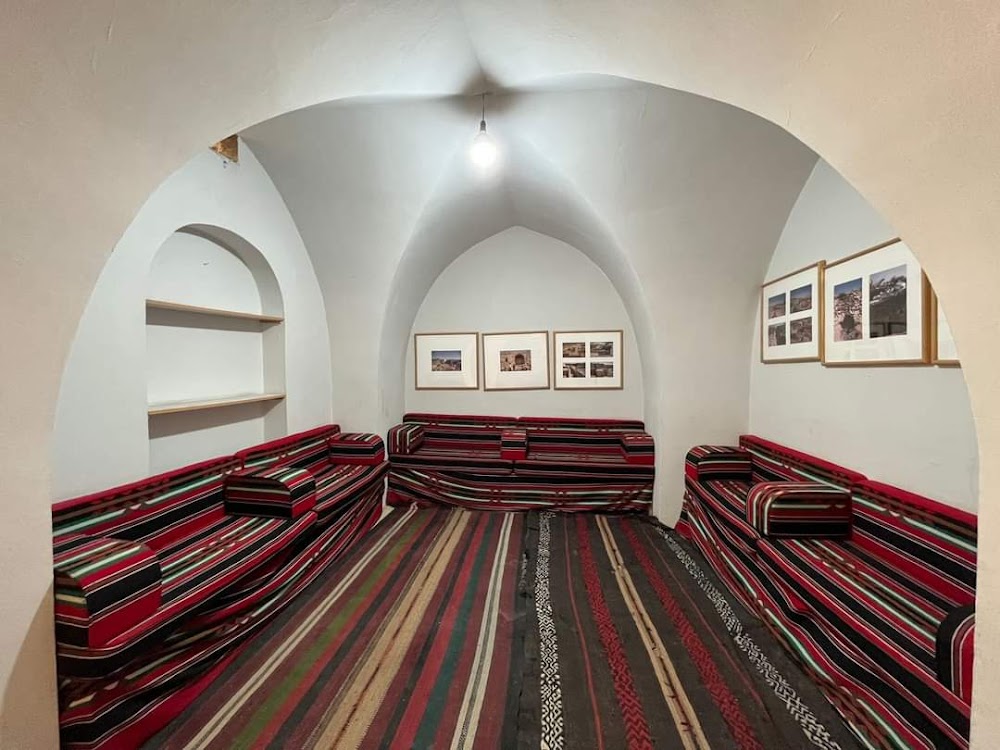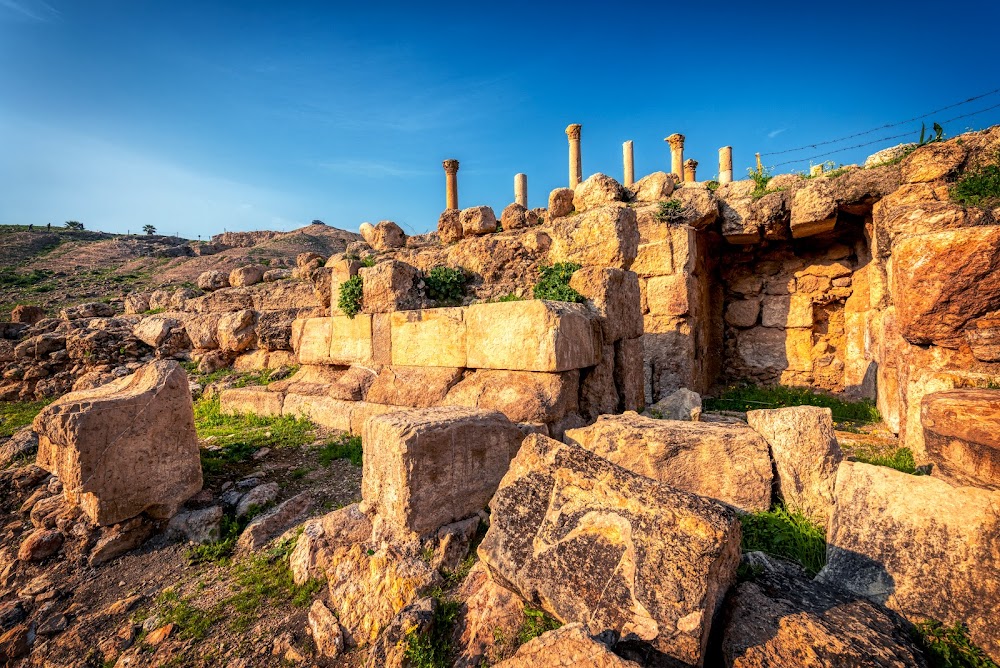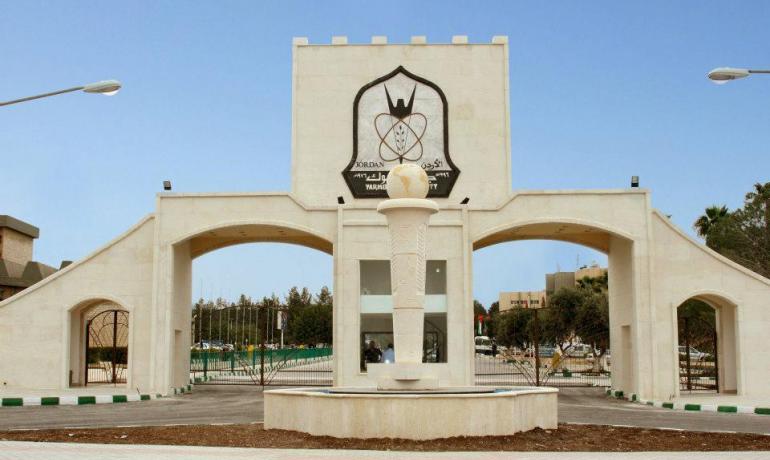Museum of Jordanian Heritage (متحف التراث الأردني)
Overview
The Museum of Jordanian Heritage is situated in the vibrant city of Irbid, located in the northern region of Jordan. Renowned for its rich history and cultural significance, Irbid serves as an ideal backdrop for this museum, which was established to preserve and showcase the diverse cultural heritage of the country, spanning from ancient times to the present day.
Construction of the museum commenced in the late 1990s, with the goal of creating a modern and comprehensive facility to house a vast collection of artifacts. The building’s design is a beautiful blend of contemporary and traditional Jordanian architectural styles. Natural stone, indigenous to the region, has been used extensively in its construction, imparting the museum with a robust and timeless appearance.
As visitors step into the Museum of Jordanian Heritage, they are welcomed by a grand lobby adorned with a variety of intriguing exhibits. The museum’s layout is thoughtfully designed to guide guests through Jordan’s history in chronological order. The journey begins with the prehistoric era, where ancient tools, pottery, and artifacts dating back thousands of years can be admired.
Advancing through the museum, guests encounter the Classical Period, which highlights the Greek, Roman, and Byzantine influences on Jordan. This section features stunning statues, intricate mosaics, and architectural fragments. A standout exhibit is the collection of coins that provides insight into the trade and economic systems of these ancient civilizations.
The Islamic period is also prominently represented, showcasing exquisite calligraphy, ceramics, and textiles. The Umayyad Palace room is particularly noteworthy, showcasing intricate designs and detailed craftsmanship that reflect the luxurious lifestyles of that era.
The museum also delves into modern history, offering valuable insights into Jordan's journey to independence and the development of its national identity. Through photographs, documents, and personal items of significant historical figures, this section narrates a compelling story. Additionally, exhibits dedicated to traditional Jordanian dress, Bedouin culture, and folk art illustrate the country’s rich and diverse cultural tapestry.
Educational programs and workshops play a vital role in the museum's mission. The Museum of Jordanian Heritage regularly hosts lectures, cultural events, and hands-on activities for both children and adults. These initiatives are designed to engage the community and foster a deeper understanding and appreciation of Jordanian history and culture.
The museum is also committed to research and scholarship. Scholars and students have access to a wealth of resources, including a specialized library stocked with books, manuscripts, and journals focused on Jordanian and Middle Eastern heritage.
Furthermore, significant strides have been made in digitizing the museum's collections, making them accessible to a global audience. This initiative not only preserves the artifacts for future generations but also serves as an educational tool for individuals around the world.
In conclusion, the Museum of Jordanian Heritage in Irbid stands as a testament to Jordan's diverse and rich history. From ancient artifacts to modern achievements, the museum offers a comprehensive view of the cultural and historical milestones that have shaped the nation. Whether you are a history enthusiast, a student, or simply a curious traveler, the Museum of Jordanian Heritage promises an enriching and educational experience that celebrates the past while looking toward the future.



